Published Jul 15, 2016
Memorable Aliens with Minor Roles
Memorable Aliens with Minor Roles
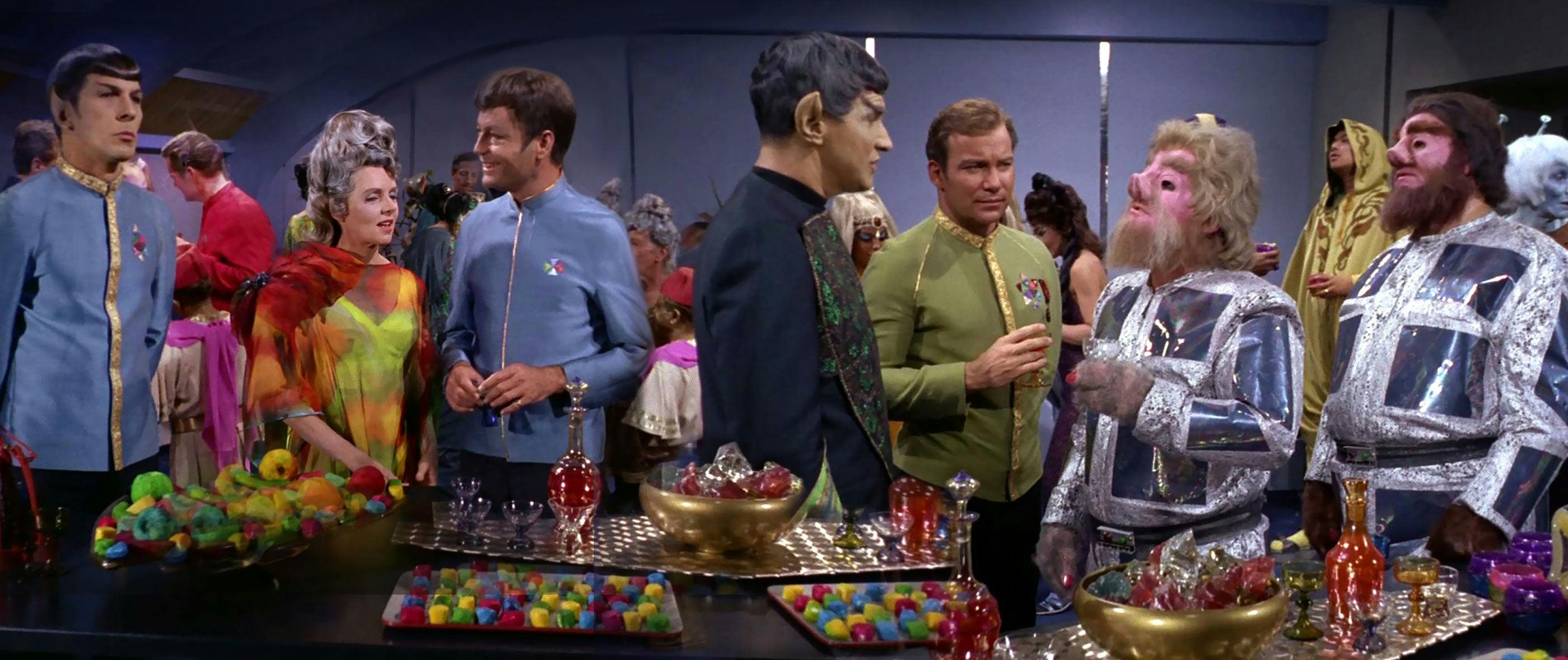
Throughout every incarnation of Star Trek, viewers have been treated to a galaxy full of interesting alien species and cultures. Some of these races, such as the Klingons, Romulans and Cardassians, had numerous episodes dedicated to exploring their people and homeworlds. However, quite a few interesting species appeared in fewer than a handful of episodes. These races stood out for reasons varying from their unique cultural attributes and compelling plot potential to more basic things like having great starship designs.
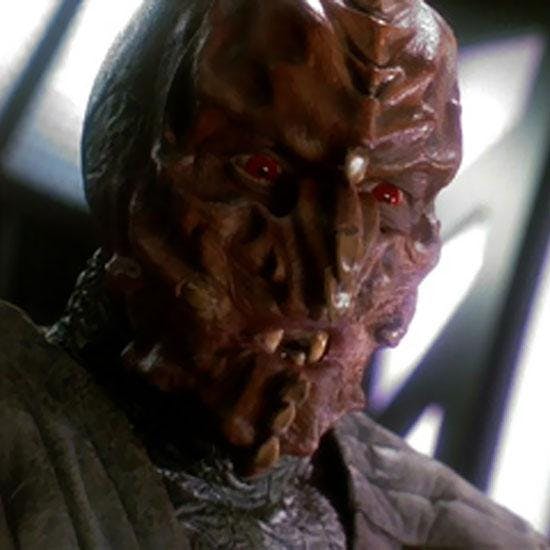
Letheans only appeared in two episodes of Star Trek: Deep Space Nine, but in both circumstances they made a lasting impression. With piercing red eyes, mottled skin and a face bisected by vicious horns, the Letheans were visually captivating. When you add in their telepathic ability, in particular their tendency to use that gift as a weapon, you have quite the alluring species. The Letheans also enjoyed participating in nefarious activities, like assaulting Dr. Bashir during a theft ("Distant Voices") and being a hired mercenary for the Duras family ("The Sword of Kahless"). After all, who doesn't love a scoundrel?

While he did not possess any telepathic prowess, the Chalnoth named Esoqq that appeared in the Star Trek: The Next Generation episode "Allegiance" was no less interesting. The tusks that emerged from Esoqq's lower lip and his grim implication that he was open to eating a fellow prisoner sent Esoqq's intimidation factor through the roof. However, the most intriguing aspect of the Chalnoth is that their species does not believe in any form of government and exists in a state of total anarchy. A society without laws would’ve been a fascinating place for one of our intrepid Starfleet crews to visit. At what point in their history did the planet Chalna embrace anarchy? What caused the Chalnoth to do so?

Another societal quirk was on display in one of the infamous "let's see O'Brien suffer" episodes of DS9. In "Hard Time," the Argrathi demonstrated a unique perspective on the penal system. Rather than incarcerate offenders, the Argrathi Authority implanted criminals with memories that made them feel as if they’d been jailed for many years. With such a unique take on punishment, the Argrathi may have also had other curious laws and sanctions ripe for use as potential plots for future episodes. The Argrathi Authority's location in the Gamma Quadrant also might have fed storylines about how warp-capable societies coped with their proximity to the mighty Dominion.
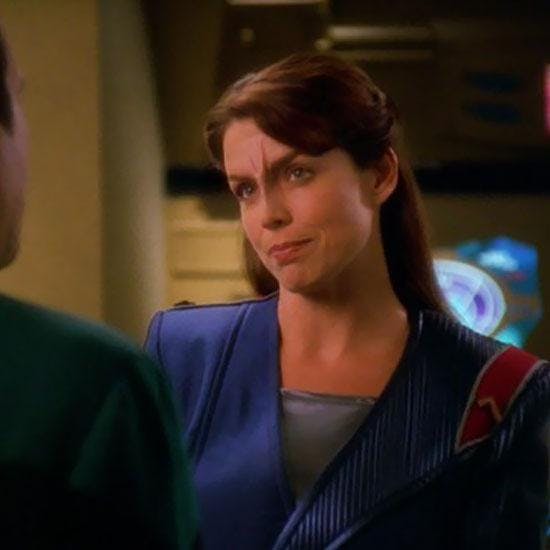
On the surface, the Lokirrim of the Delta Quadrant may not have stood out as a culture that would make it into this article. However, their ongoing conflict with "photonics" (the Lokirrim term for holograms) that was mentioned in the Star Trek: Voyager episode "Body and Soul" seemingly teased a captivating story arc pertaining to the methods of fighting a war against holograms and, most importantly, the moral issue of whether or not the holograms were sentient lifeforms. Jaryn, a Lokirrim crewmember, also mentioned that a great deal of her people felt close with their holograms. In a way, the conflict was a civil war being fought between two species from the same homeworld. Speculation aside, the episode featured some great moments, such as Jeri Ryan's masterful performance as a version Seven of Nine inhabited by The Doctor's program.
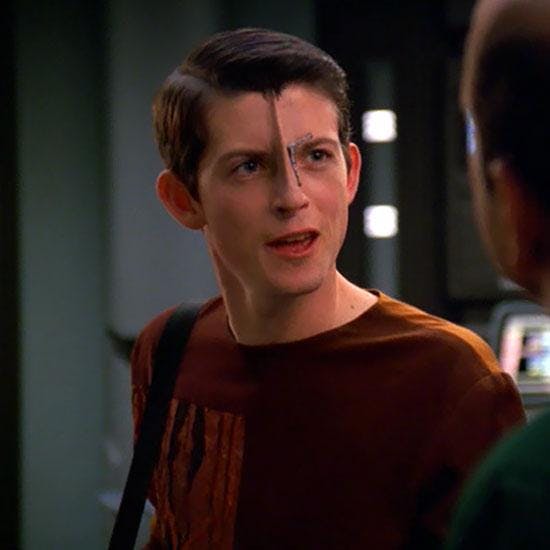
The Annari seen in Voyager episode "Nightingale" rated as another species at war, but their alleged role as the conflict's aggressors remained unclear. The Kraylor, who utilized subterfuge to trick Ensign Kim and Seven of Nine into assisting in the delivery of a cloaking device, easily may have been lying when they described the Annari as expansionists who annexed independent worlds. Investigating the origins of the war and learning more about the Annari as a society offered additional potential plot points. The Annari also benefited from great makeup, vaguely reminiscent of Cardassians, and fierce-looking crimson starships.
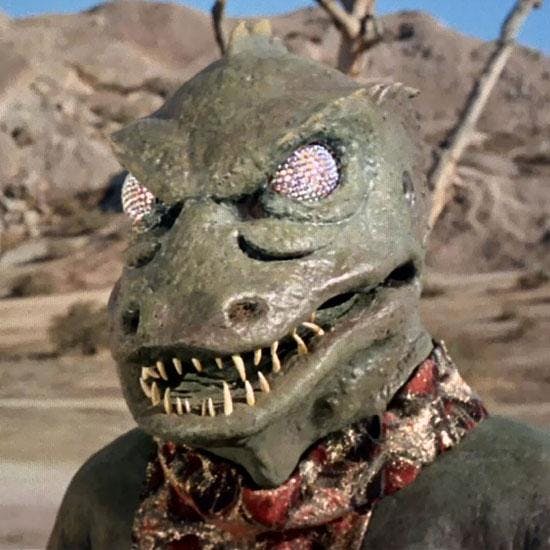
While they are one of Star Trek’s most-iconic species, the Gorn do not rank higher on this list because, to be honest, how could any additional episodes focused solely on the species live up to Gorn captain's appearance in The Original Series episode "Arena"? Although the Gorn also appeared in Star Trek: The Animated Series and Star Trek: Enterprise, it was the classic bout with Captain Kirk that introduced the species and established the Gorn as a fan favorite. Nevertheless, a recurring Gorn presence in later TNG-era episodes would’ve added another political power to the mix in the Alpha and Beta Quadrants. Cestus III was mentioned as a home to humans during DS9’s run, so had Federation-Gorn relations improved? It would have been fun to see Gorn roaming the corridors of Deep Space Nine alongside Klingons and Nausicaans.
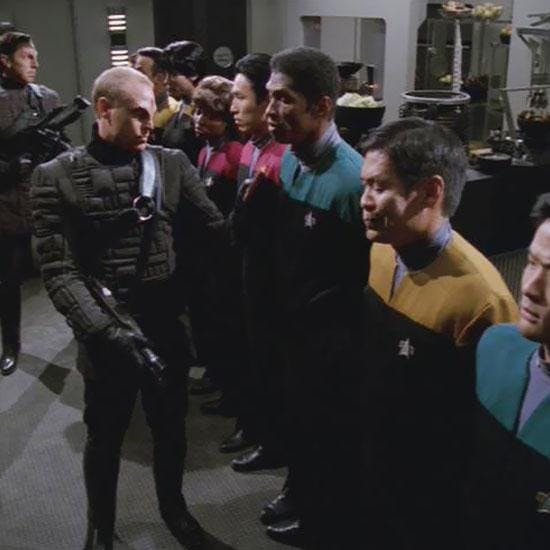
The Devore felt disdain towards telepaths and outsiders alike, and they possessed the military prowess to enforce their beliefs within their borders. The way the Devore stuck to their convictions, whether or not they were ideals the Federation shared, echoed the Romulan sense of justice described in TNG’s "Face of the Enemy." Their strict adherence to their own ethos coupled with their intimidating warships might have made for captivating future encounters with the Voyager crew.
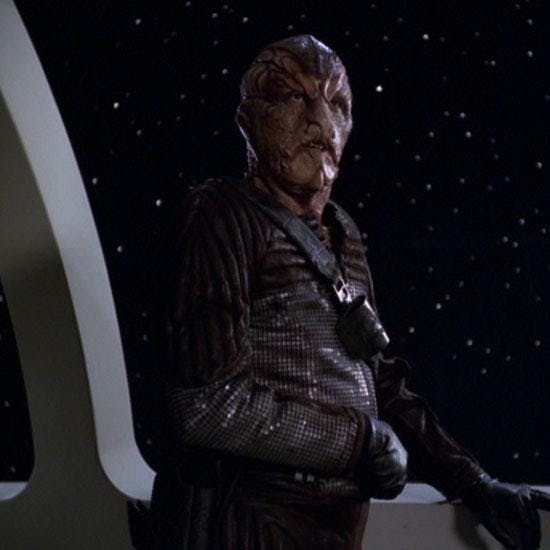
When descriptions such as "they make excellent tactical drones" and are bounty hunters who "pride themselves on honoring their agreements" are used to introduce a species, it's hard not to take notice. Those characteristics were attributed to the Hazari in Voyager’s "Think Tank," and their menacing reptilian appearance perfectly matched their job description. "Think Tank" was a great episode, but the Hazari were background guest stars rather than the focus of the storyline. More screen time in future episodes could have been dedicated to exploring their ethics and lifestyle. Plus, the mobile nature of the Hazari, much like that of the Hirogen, would have allowed them to encounter Voyager on multiple occasions.

As the only non-humanoids in this feature, the Tholians represent the diverse nature of life forms present in the Star Trek universe. Their anatomy and need for high-temperature atmospheres would have may have made direct interaction with most Federation species an issue, but those same restrictions would have been challenges to which Star Trek's talented writers would have undoubtedly found solutions. Despite their alleged xenophobia, the Tholians had ambassadors on Deep Space Nine and Romulus, and their representatives even signed a nonaggression pact with the Dominion. Unfortunately, budgetary and special effects restrictions relegated the Tholians to a species that was occasionally mentioned without being seen until the final season of Enterprise.
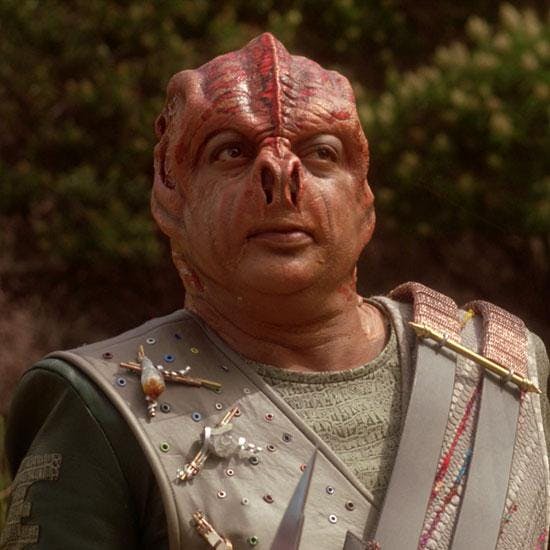
Much like the Gorn in "Arena," any additional appearances of the Tamarians in TNG would’ve been hard-pressed to top their role in "Darmok." The language barrier may have been broken, but it would have been interesting to see the Tamarians and the Federation attempt to create dialogue to establish normal relations and even engage in average, everyday discussions. "Darmok" was a classic episode, but it left open many possibilities for future encounters with the Tamarians. In this way, "Darmok" might have played a part more akin to the "Errand of Mercy” role in TOS with the Klingons in that it could have served as an introduction to the Tamarian culture rather than as a standalone episode, as "Arena" did for the Gorn. These qualities add up to the Children of Tama being a memorable race from a classic episode that could have transitioned to a regular guest in the TNG era.
There were some truly worthwhile species, such as the Sheliak, Horta and Remans, who were tough to leave out of this article. Who do you think needed to be in this feature? Who should have been left out?Jay Stobie is a science fiction writer who admits he has a perfectly normal obsession with Star Trek. He can be found on Twitter at @CaptStobie.

